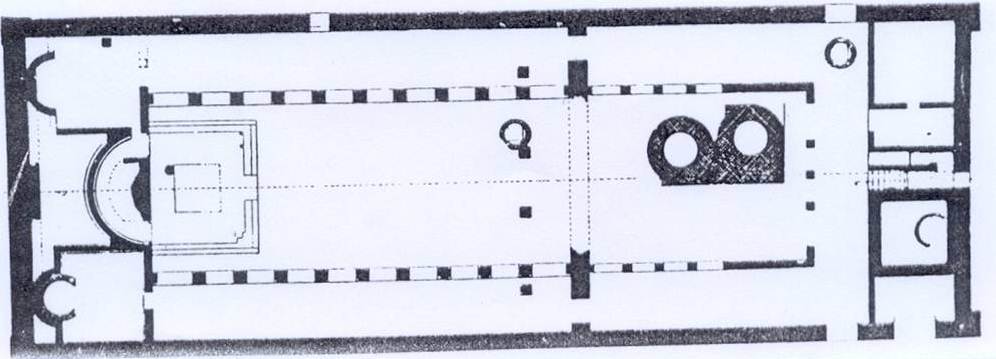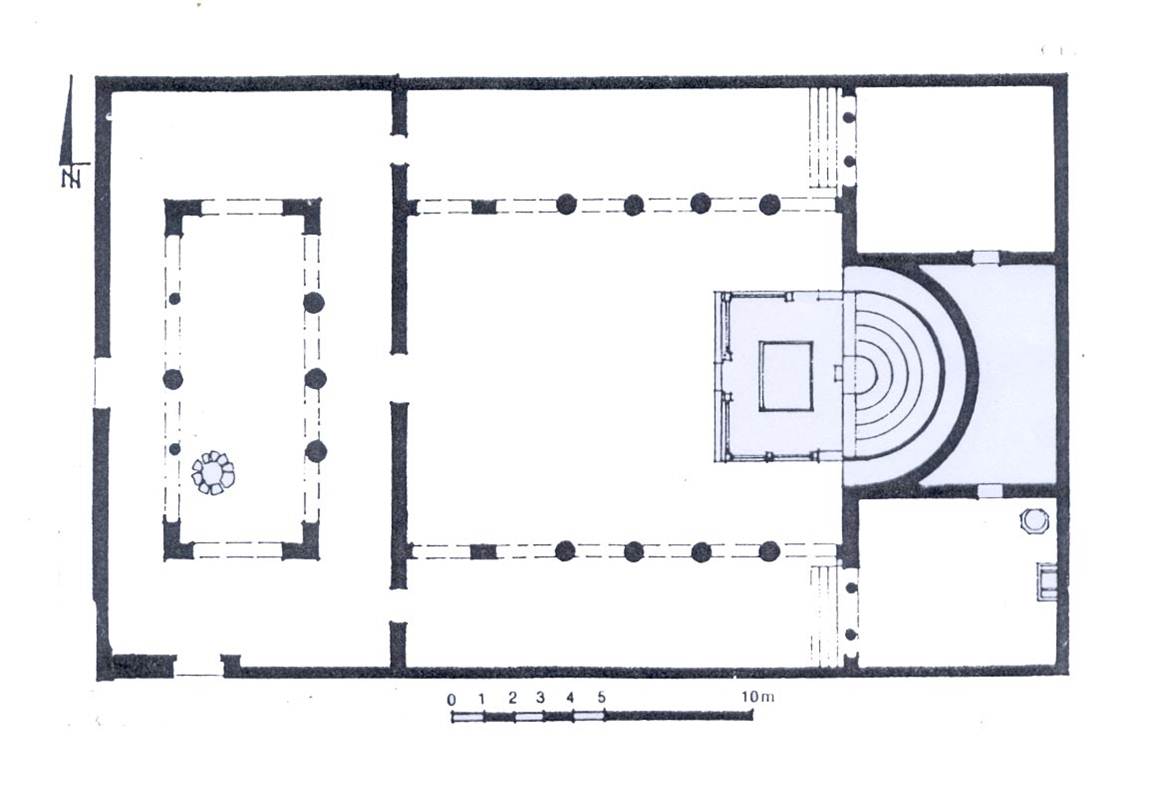It is considered one of the most important areas on the coastal road, and it is located southeast of Lake Bardawil, currently in the Zaranik Reserve. It has a strategic location as it is the meeting point of the northern coastal road between the Mediterranean Sea and Lake Bardawil and the southern sandy road south of the lake.
The city of Phlosiat was known as “Austracin” or “Ostrakin” in the Roman and Coptic eras, and it was a bustling city in the Christian era. It was the seat of an episcopal see. In the following eras, it was known as “Al-Mukhalisa”, and the Bedouins called it by its current name “Flusiyat” due to the large number of old coins they found in it.
During the Arab conquest of Egypt, the city was destroyed, due to the sea invasion over the land, and this was the reason for the emerging of a new city, “Al Warada”.
It was a fortified city dating back to the Christian era. It consisted of a fortress and three churches (basilica style), and some of the annexes of these churches.
A southern church was discovered with marble columns with engraved letters and drawings of the cross on them.
Also a northern church was discovered in 1914 AD, and inside it was found a base of a marble column bearing a cross drawing, and a square marble mosaic piece that had a cross and Christian decorations inside it.

plan of the Northern Church

plan of the Southern Church
In 1977 A western church was discovered too, and it is likely to date back to the fifth century AD, before the Arabs entered Egypt. It is similar to the churches of the Levant with a large apse in the east and it is of basilica style. The building has columns and on both sides of the structure with two rooms and a beautiful entrance with columns according to the orthodox church system, the nave of the church has six columns, and in the west is a courtyard surrounded by columns, and in the middle is a basin of water. There is a stone decorated with a monogram inside a circle.

plan of the western Church
A group of rooms, a water tank, a dining hall and pantry stores were also found. As well as some movable antiquities, such as parts of pottery vessels, lamps, stones with crosses, the remains of columns, and the capitals of marble columns.
A fourth church was also discovered containing artifacts, including: a bronze jug with a handle decorated with animal shapes, a bronze lamp with a cross-shaped handle, a number of bronze lamp stands, many ornate pottery pieces, and two gold coins from the seventh century AD.
At a distance of 2 km in an area called “Tel Al-Khawainat”, tombs were discovered with tombstones consisting of stone pieces, blocks of limestone, with carvings of cross shapes and phrases in the ancient Greek language.

The fourth church plan discovered in this area










